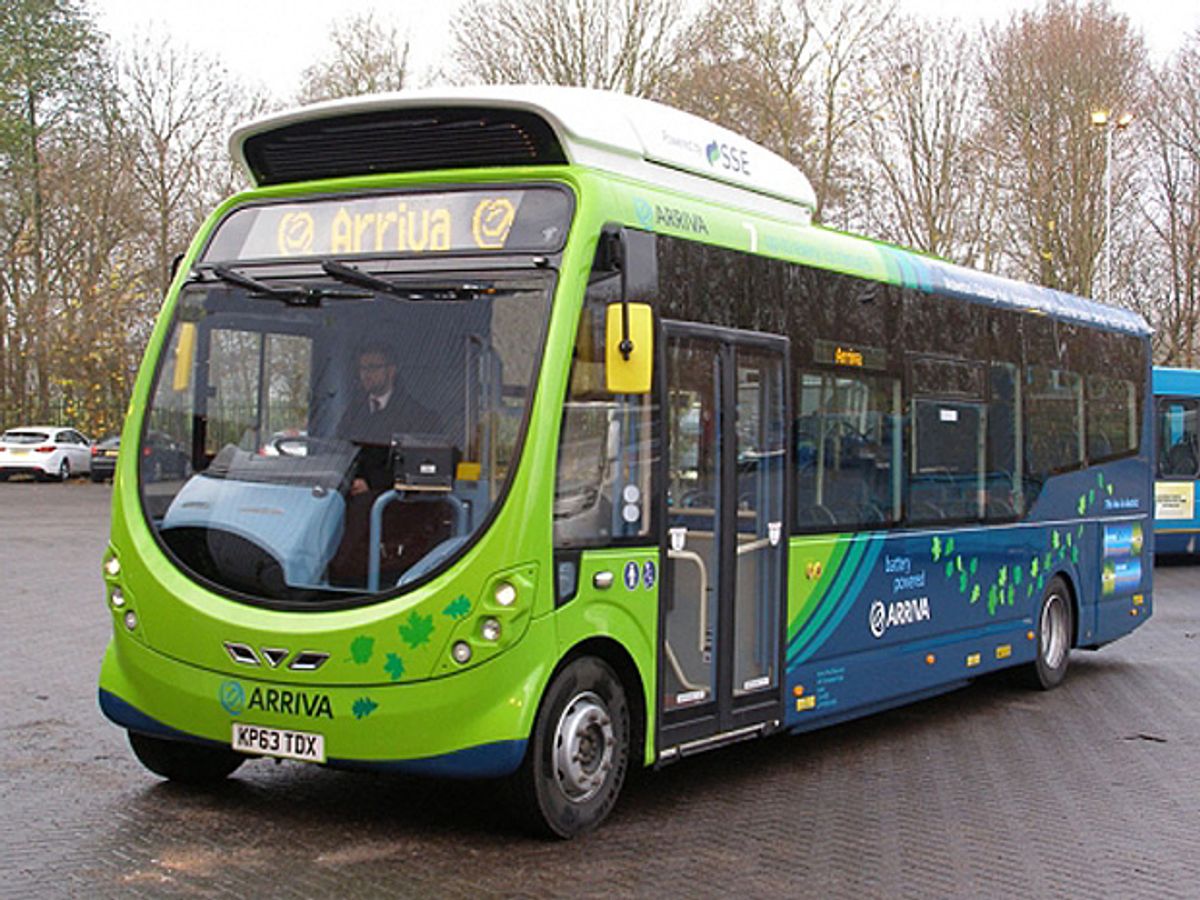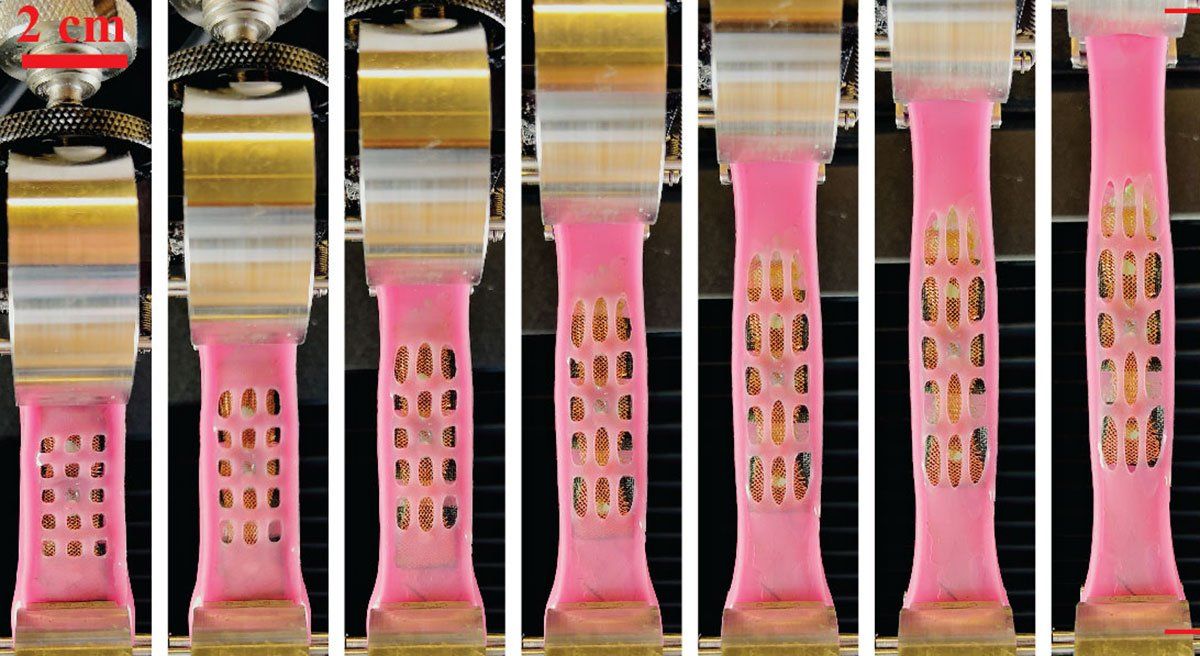A city known for its Gordian roundabouts and pedestrian-defeating roads is testing a clean new form of public transit: electric buses charged via induction. The borough of Milton Keynes, in the UK, will begin testing eight electric buses whose batteries get a charge from underground induction coils located at the start and end of their 25-kilometer route.
Inductive charging occurs when an electric current run through a coil, creates a magnetic field, which, in turn, induces current in any nearby conducting loops. When a bus stops at either of the charging stations, its on-board induction loops, lowered to 4 centimeters above ground, enter the magnetic field. The resulting current tops up its batteries enough to ensure it has enough energy to make it to the other end of the route and its next charge up. This scheme means the electric buses require less onboard energy storage, making them lighter and less challenging to produce from a design standpoint.
Milton Keynes will pioneer the UK's use of wireless vehicle charging, but other cities in Europe, such as Turin and Genoa, both in Italy, have been testing the technology since 2002. A German trial of a 200-kilowatt inductive-charging system began in September as part of a wider test. In 2010, IEEE Spectrumexplored reasons why the technology is not in wider use. Among other reasons is the technology's low efficiency and the health effects of strong electromagnetic fields. That's why the bus's loop needs to get so close to the underground loop.
A Korean research team has taken the idea one step further and installed charging strips under an entire tram route, so vehicles on it won't need to stop to recharge, they wrote earlier this year in Spectrum. The Spanish city of Málaga is building a 5-km stretch of road for a setup like the on-the-go charging system fielded by the Korean researchers. Mass transit is a good place to start exploring electric induction for propulsion, since the locations of the vehicles are more predictable than those of private cars, but that isn't stopping major car and component makers from giving it a whirl.
Photo: Arriva
Lucas Laursen is a journalist covering global development by way of science and technology with special interest in energy and agriculture. He has lived in and reported from the United States, United Kingdom, Switzerland, and Mexico.


